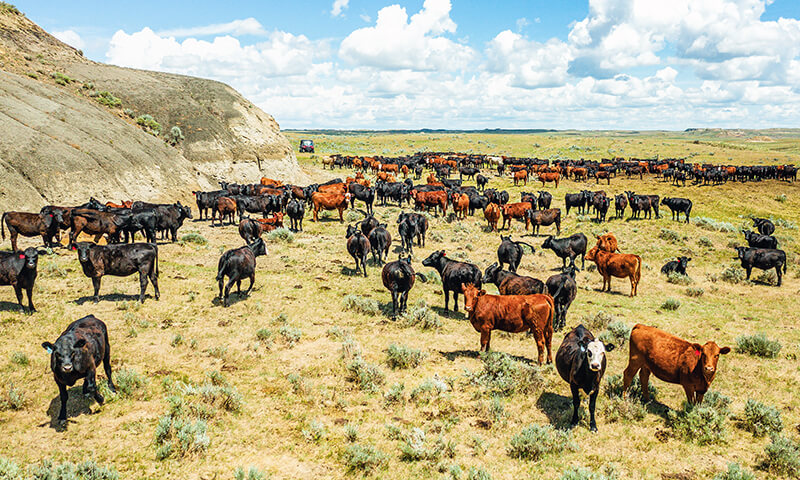
Beef Basics
Students explain the value of the beef cattle industry, including the products cattle produce, the production process from farm to plate, and how cattle can utilize and obtain energy from grass and other forage.

Students explain the value of the beef cattle industry, including the products cattle produce, the production process from farm to plate, and how cattle can utilize and obtain energy from grass and other forage.
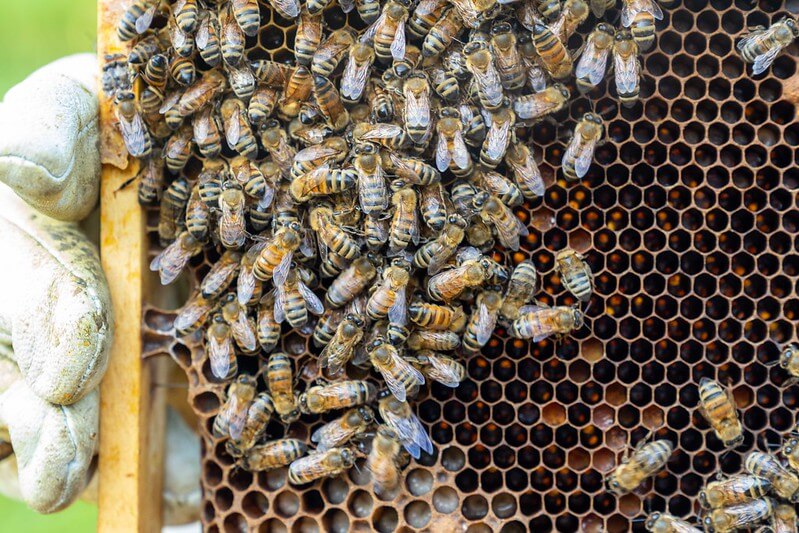
Students investigate the three types of honey bees in a colony, identify their roles, and recognize honey bees as part of a community that works together.

Students investigate embryo development in chicken eggs.
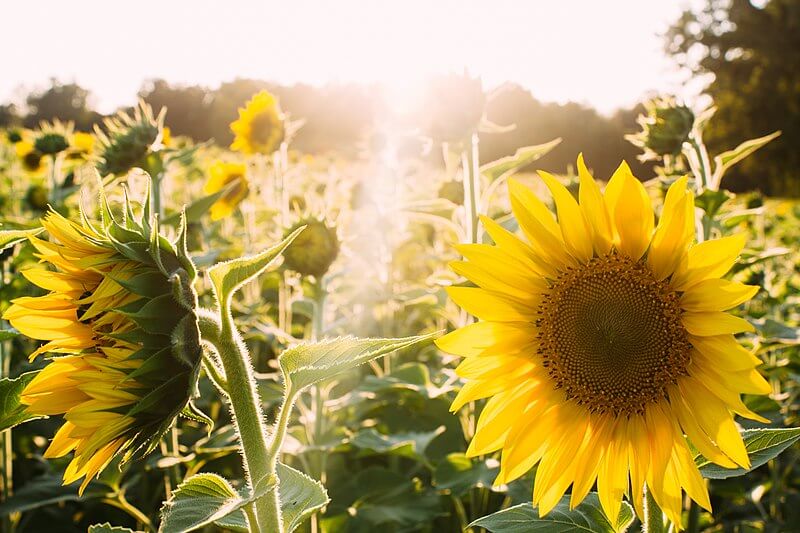
Students identify the characteristics of the four seasons of the year, investigate what causes seasons, and observe the effects changing seasons have on farms.
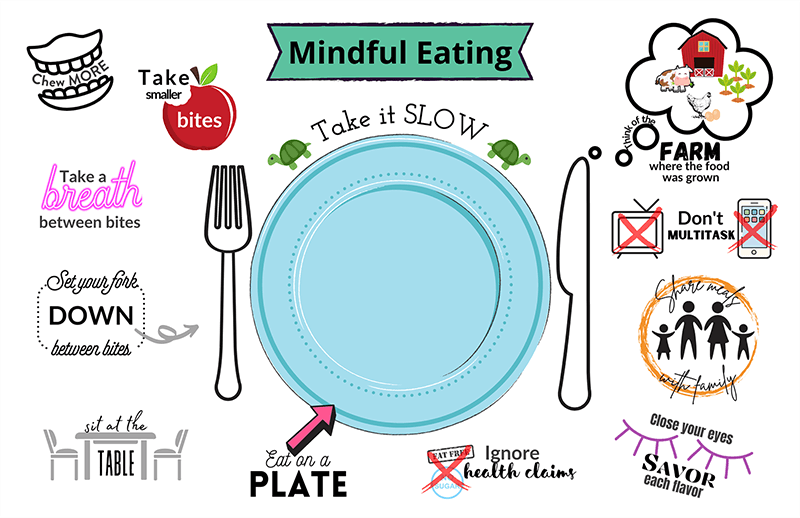
Students will explore hunger, satiety, and mindful eating to discover how our eating habits are impacted by our awareness to physiological signals of hunger or fullness. Students will also practice mindful eating practices and explore portion sizes as they sort foods, create meals using portion-size food models, and track their food using mindful eating practices.

Students will explore hunger, satiety, and mindful eating to discover how our eating habits are impacted by our awareness to physiological signals of hunger or fullness. Students will also practice mindful eating practices and explore portion sizes as they sort foods, create meals using portion-size food models, and track their food using mindful eating practices.
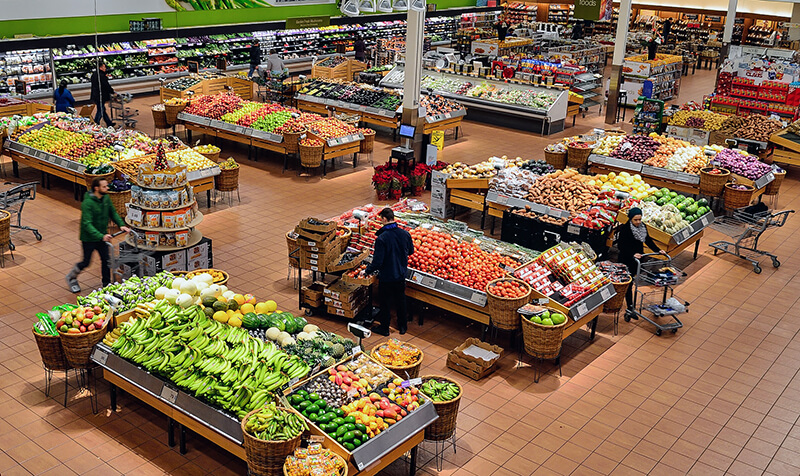
Students explore different cultures around the world, compare worldwide communities with local communities, and explain the interrelationship between the environment and community development.

Students explore different cultures around the world and their unique traditions centered around food and its preparations. Students discover how food gets from the farm to the grocery store.

Students explore the wide scope of agriculture, identify the variety of agricultural products they use in their daily lives, and discuss the difference between needs and wants.
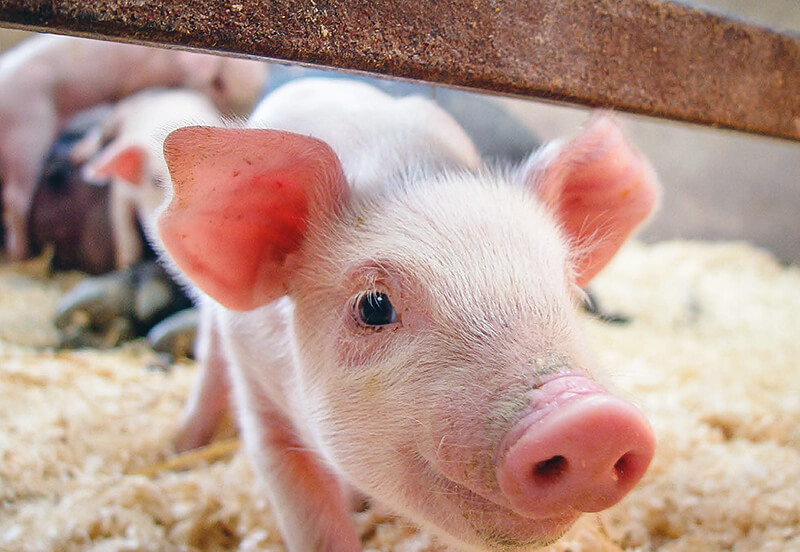
Students investigate six major livestock species, discover that animals need air, space, food, water, and shelter to survive, explore the life cycle of a farm animal, and identify the products each farm animal produces.
Students determine that agriculture provides nearly all of the products we rely on in any given day by participating in a relay where they match an everyday item with its "source."
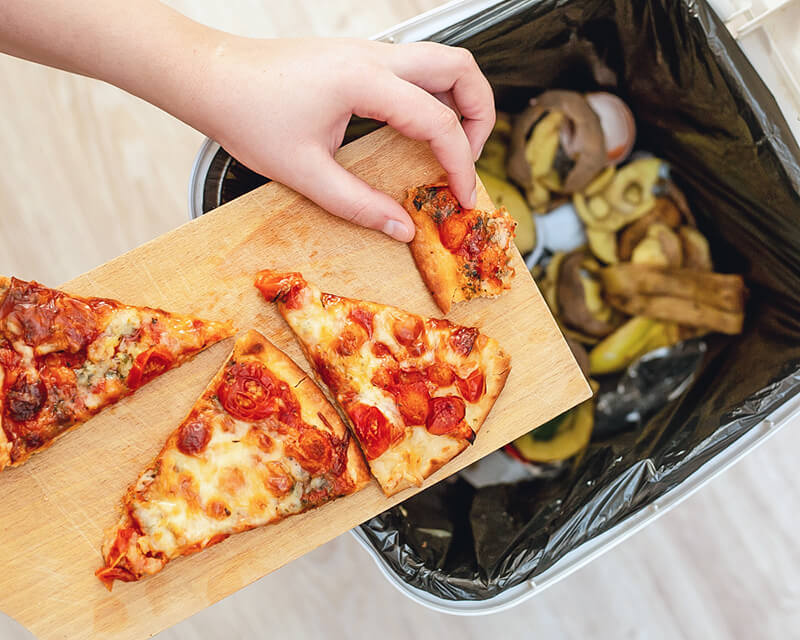
Students will explore strategies that can decrease food waste at home and school, design solutions for schoolwide food waste reduction efforts, and participate in food waste challenges that encourage sustainable shopping, correct food storage practices, and meal planning.